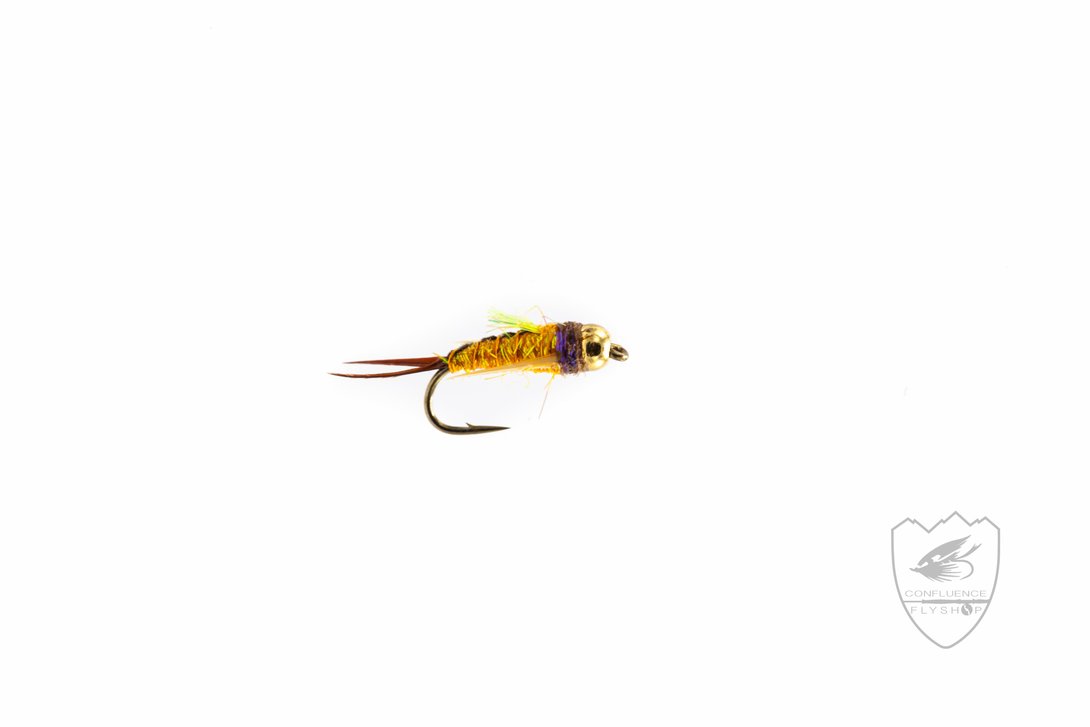7 Tips for Tying Better Flies
By: Tye Krueger —
February 11, 2018
7 Tips for Tying Better Flies
We’ve all seen them. We might have a buddy that ties them. What are they? Good Flies. These are the flies that look better than the ones in the bins and catch more fish. The truth is that good flies don’t just accidentally happen. Here are a few things to keep in mind when you want to tie beautiful, durable, fish-catching bugs.
- Tying the best flies requires the best material. I cherry pick every material that goes into my flies. Within a package of marabou, you might have some feathers that are fluffy and perfect for buggers, some long and wispy that are ideal for elegant steelhead flies, and others that are destined for one place, the trash. Don’t waste your time trying to salvage bad materials. Toss the junk and focus on the good. When I am buying a material, I check it and make sure it is what I want. Most materials we use are from once living critters, meaning that everyone is unique. Take your time, open the package and get what you really need.
- Use thread wraps wisely. Having a ton of thread on the hook or bunched near the head isn’t just ugly, it affects how your fly fishes. Ideally, the head of the fly should be as small as possible, without compromising strength, of course. When tying in a material, I try to use existing thread wraps as much as possible. How do you accomplish this? Simply let your bobbin hang, slide the material under the thread that is already on the hook, position your material where it needs to be, use one or two “tie down” wraps, and you’re set.
- Less is more. Marabou swims and flows more with less quills and a mayfly nymph doesn’t need 20 pheasant tail fibers for the tail. The name of the game isn’t putting as much material on as possible. If you work hard making a great looking body on a fly, why hide it with a bunch of material? Not only will the body of your fly look more natural with less dubbing, but it will be easier to tie, and be more durable.
- Proportions. I’ve never gone as far as taking out a ruler and marking on the hook shank, but you should always try to envision the completed fly. A Woolly Bugger’s tail should be the same length of the body. A Pheasant tail nymph’s body should be 1/3 thorax, 2/3 body and the tail should be 1/3 the total length of the body. Why do these little things matter? From a fishing stand point you might get short strikes with a Woolly Bugger that has a tail that’s 3 times the body length. For aesthetics, flies look better when tied proportionately.
- Learn to manipulate materials. This seems pretty simple but it gives a lot of people trouble. For feathers like hackle, if you lay the feather on your tying desk before tying it in you will see a concave side. Tie it in with the curve facing away from you. On your first wrap the hackle should sweep back, or if you’ve done it wrong, it will be the opposite of that, I call that the Mohawk. Deer hair is another tricky material. With its hollow, tube-like fibers, it tends to spin around the hook. While that’s great if you’re tying a Muddler Minnow, the elk hair caddis isn’t meant to have a spun deer hair head. To keep the hair on top, try pinching it in place, doing two soft loops of thread, then pull up on your tightening thread wraps to ensure it doesn’t spin.
- Tie with the appropriate thread. Gel-spun has the greatest strength-to-diameter ratio out there, but can slip more than normal thread. It is great for tough jobs like spinning deer hair or situations where durability is crucial. When tying small flies I prefer Veevus 12/0 or 16/0 to reduce the build up of bulk. Ultra 140 thread is great all-around thread that has wonderful strength and a wide variety of colors.
- Use UV curing resins. The advantages of epoxy have been widely known but pushed away because of the difficulty and time sensitivity while using it. UV resins cure instantly when exposed to a UV light, so there is no more wait time or worry about the resin shifting before it finds its final resting place. I use this on everything from covering the thread on midges to create extremely durable flies to replacing my head cement with it for a glossy head. Shell backs, wing cases and even stiffening materials.
